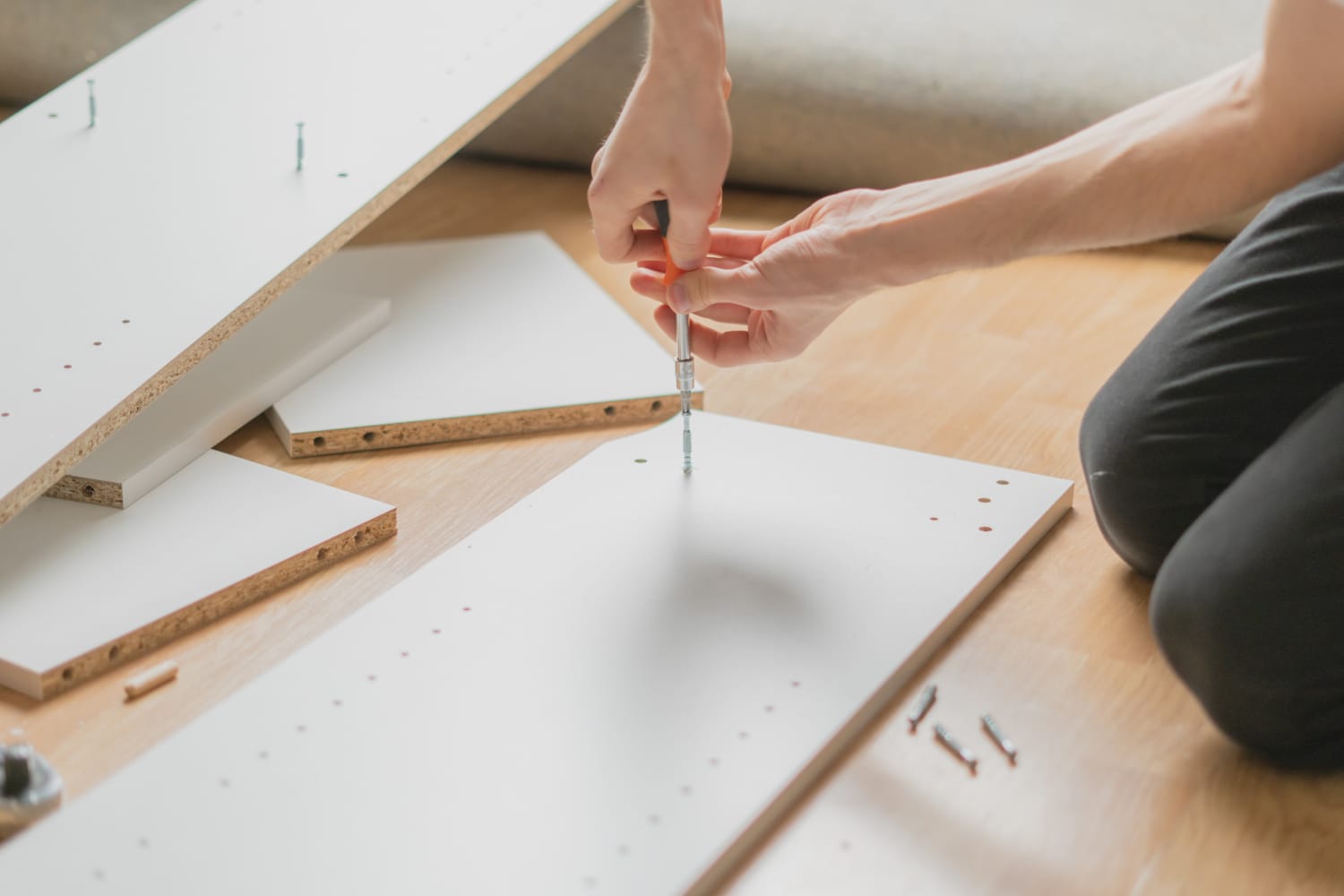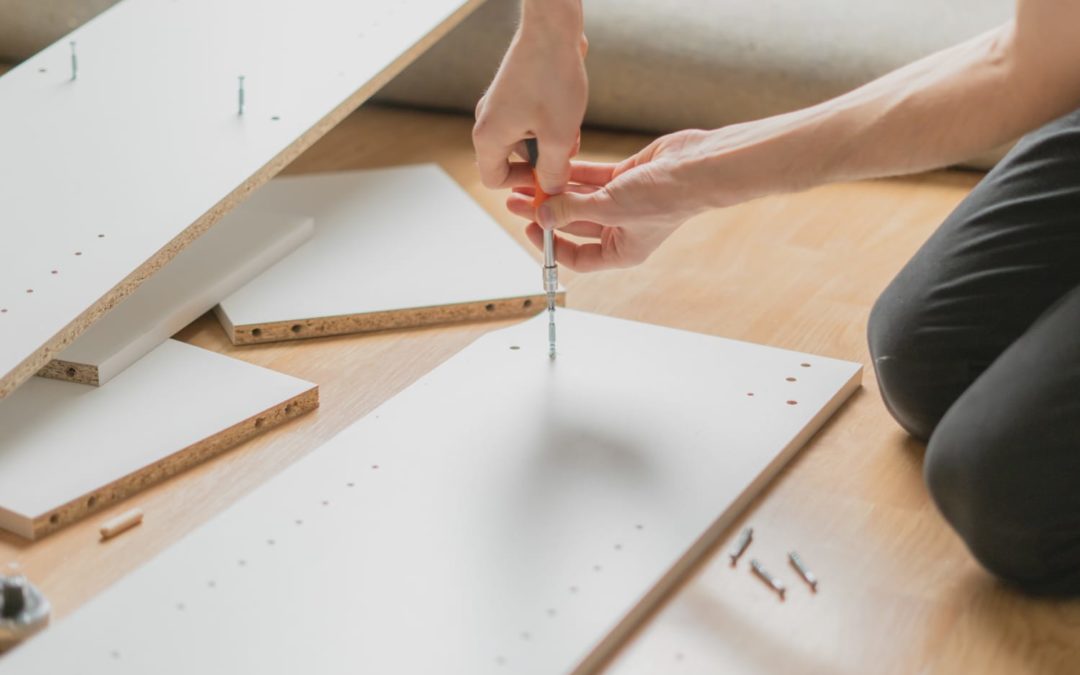
Whether or not you know what it is, you’re probably surrounded by particle board right now — in some furniture, under your flooring, in nearby speakers, and maybe even in the ceiling or on the roof of your home.
For more content like this follow
Even though particle board, an amalgamation of types of wood and wood products, can be found in many different places and products, Robert Haymaker, a General Contractor from Virginia Beach, Virginia, explains that particle board can be used in certain applications, but by no means can it be used for everything. Here’s what you need to know about particle board, including the pros and cons of using it in your home.
Also known as Low Density Fiberboard (LDL), particle board is a building material that is manufactured from lumber scraps such as wood shavings, wood chips, sawdust, and other by-products from lumber mill operations. These materials are glued together and then compressed into boards that can be cut to size and used for a variety of projects.
“Particle board is made from scraps and wood chips that are glued together, says Haymaker. “It’s cheap because it’s abundant. Because it is a cost effective material, it is used for a variety of different applications.”
Where is particle board used?
Particle board is a versatile material, but its abilities do come with limits. “Particle board can be used in roofing and flooring, but it shouldn’t be counted on for its structural value but rather as a support material,” says Haymaker.
Particle board vs. plywood
Particle board is made with different wood scraps compressed together to form a sheet. Plywood, on the other hand, is made when thin sheets of wood are stacked on top of one another, with each layer rotated to form a cross-grain pattern, and glued together to form a single plywood board.
Plywood is typically more expensive than particle board, but it’s stronger and can be stained to enhance the wood grain of the top layer. Particle board is much more absorbent so it is difficult, but not impossible, to finish it with a stain.
Ultimately, choosing to use particle board depends on your budget, lifestyle, and general aesthetic taste. But if you’re looking for something budget-friendly and versatile, then it may be just the right material for you.

